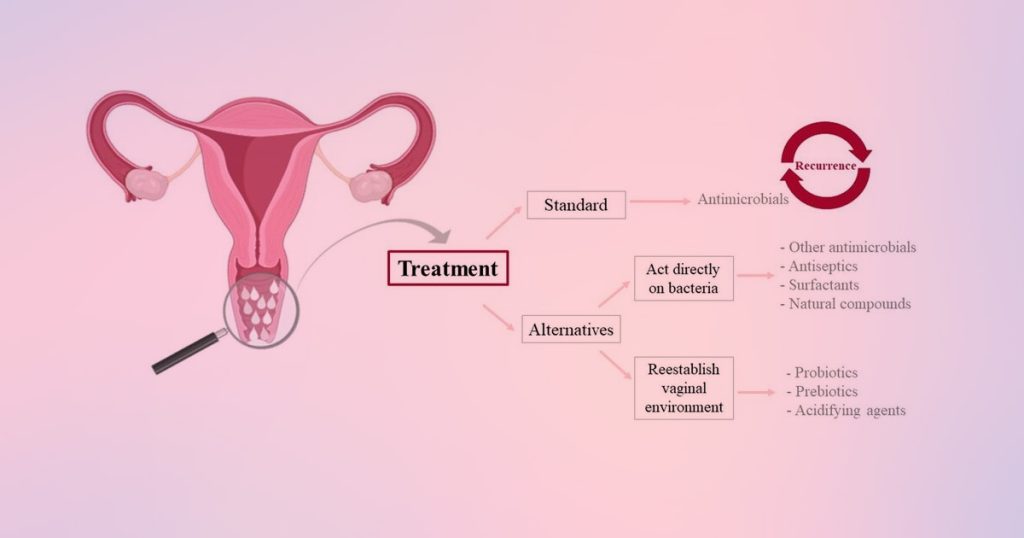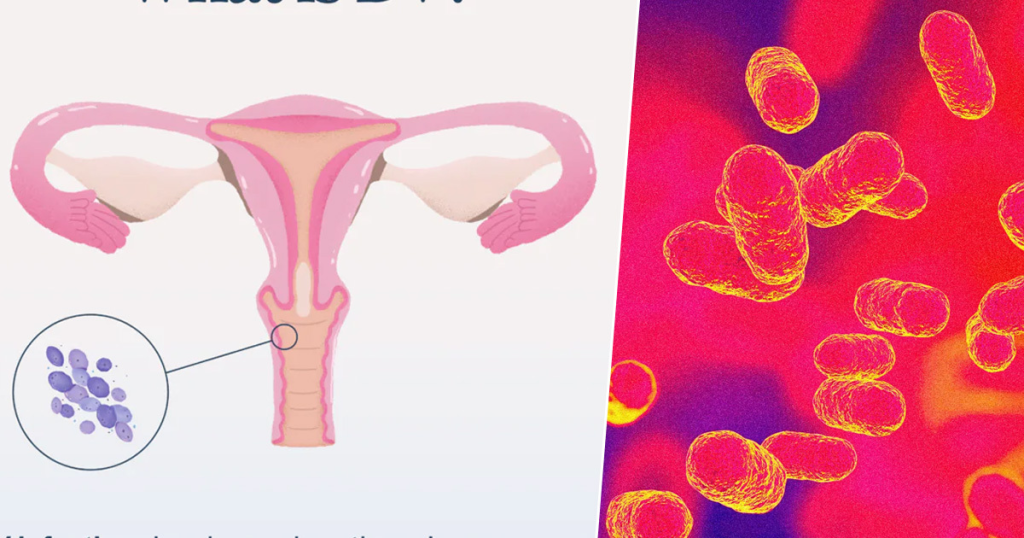
In This Article
- Bacterial Vaginosis Introduction
- Bacterial Vaginosis’ Recent Studies
- Role of Latest Technologies in BV Research
For years, the core reason behind the medical condition bacterial vaginosis (BV), was unknown, and multiple researches showed uncertain data. This is a common situation, often perplexing gynecological issues that were not traditionally classified as sexually transmitted infections, but recently, the research has changed the mindset of the medical health workers, and interesting and surprising facts have been seen. The advancement in techniques like artificial intelligence and machine learning has made the research more factual, and this has led to accurate studies with the least ambiguity.
Bacterial Vaginosis Introduction
Bacterial Vaginosis (BV) is a common condition caused by an imbalance in the natural vaginal bacteria. The main cause behind the situation is the outgrowth of the lactobacilli, a beneficial vaginal bacteria, resulting in the unusual discharge and the discomfort of itching inside and outside.
The vaginal microbiome has a complex ecosystem with a large amount of beneficial bacteria like lactobacilli that maintain the acidic pH balance and fight against the harmful bacteria. Usually, women suffering from BV ignore the situation, but this can lead to other infections and other complications.
Bacterial Vaginosis’ Recent Studies
Traditionally, bacterial vaginosis was considered the common vaginal infection leading to the fishy odor, itching, unusual discharge, and other such symptoms, but the advancement in technology has presented new facts that challenge the longstanding views.

Recently, a study was published in the New England Journal of Medicine about BV that reveals it is a sexually transmitted disease, and it opened new doors for research and treatment. In this, the experts tested 164 monogamous heterosexual couples where the females had the BV in their medical history. Two groups were tested during the studies labelled as group A and group B.
In group A, the women were diagnosed with BV, and the experts treated both partners to deal with the situation. In this group, medical workers observe a recurrence rate of 35%. Both partners got the medication in this group, along with some important measures to deal with the situation. Meanwhile, they were allowed to perform their daily duties and maintain their life routine as they were doing before.
On the other hand, in group B, only females facing the BV were treated through medications and other methods applied exactly the same as those in group A. But the results were different here, although other conditions were kept the same. The recurrence rate was 63% in this case, so dealing with BV only by treating the infected woman is difficult.
Role of Latest Technologies in BV Research
Traditional researchers failed to diagnose the core reason behind the bacterial vaginosis, but the latest technologies allow the researchers to have insightful data about the facts. Advanced diagnostic tools such as point-of-care testing and molecular diagnostics are widely used by experts to deal with the minor details behind the medical conditions.

Telemedicine has made the research easy and more accurate, as the patients are directly attached to the medical healthcare, and the same was done during the bacterial vaginosis research. A critical role is played by the AI-powered chatbots that allowed the infected females to discuss their situation and to get the instructions to deal with it.
The integration of artificial intelligence in any platform makes it more usable and smooth. Similarly, integrating the AI chatbots in the websites and app makes them flawless and minimizes the need for customer support activation all the time. Weborik Hub is providing the services to integrate the AI in different platforms, making them more efficient.
Another innovation that helped the experts during the research was the machine learning personalized partner treatment protocols. This has made it possible to keep track of the current situation and to get the regular follow-ups.



